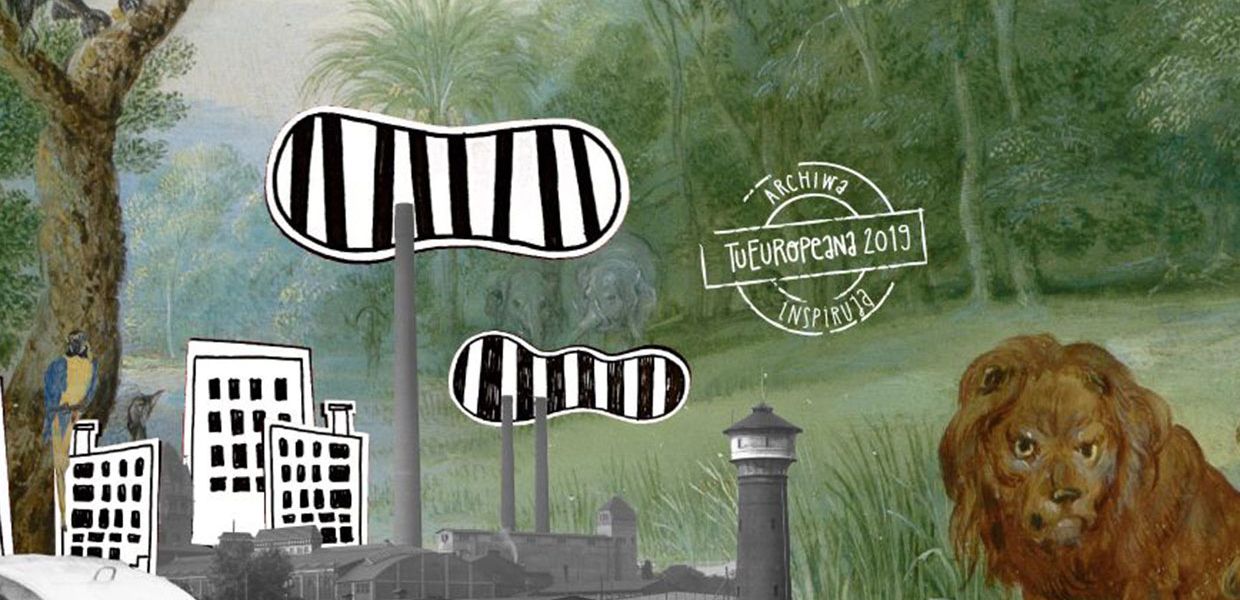How did the TuEuropeana project come about?
In 2015, the Polish Ministry of Culture and National Heritage organised a series of meetings for Polish cultural heritage institutions collaborating with Europeana. An idea arose to create an initiative that would help promote Europeana Collections in Poland, and the team at FINA (the National Film Archive - Audiovisual Institute Poland) was asked to coordinate the project. We soon realised that before we began a conversation about open access and the use of digital heritage at a European level, we needed to take a step back and discuss digital strategies, online repositories in general and possible collaborations in Poland.
The result was TuEuropeana. The goal of the project is to increase the visibility and show the potential of digital collections (with Europeana at its centre) and to discuss strategies and ways of reusing archives. Four years and four editions of TuEuropeana later we run an annual programme which reaches out to GLAM professionals, educators and this year to artists.

FolioFish, ©Martyna Berger; Grand Prize Winner
In November, TuEuropeana ran a poster competition encouraging the creative use of material in digital repositories - can you tell us more about it?
This was one of our activities targeted at young artists, who often simply don’t know that digital archives offer ready to (re)use material and can be a great source of inspiration. Through the contest and accompanying workshops with graphic designers and IPR experts we wanted to encourage young creative minds to include digitised cultural heritage material in their works.
The task was to design a poster around the concept of environmental sustainability. We asked the creators to use or be inspired by archival items available on Europeana and in Polish digital repositories. We ran the project in collaboration with wall-being – an online platform promoting the works of Polish poster designers and their collaborators. The winning works will be made available for sale via the platform.

One in Eight, ©Aleksandra Humeniuk; one of three Runners-up
Why did you choose environmental sustainability as a theme?
One of the catchphrases we use to promote TuEuropeana is ‘archives inspire’. We do believe that archives can inspire and contribute to discussions on serious, contemporary socially relevant issues, like ecology and the environment. In the end, it’s all about reuse!
Who were the winners?
The jury awarded prizes to four works. The main prize went to Martyna Berger for her FolioFish and its multi-threading of ideas, graphic thinking, creative approach and a strong, though unobtrusive message. We also had three honorable mentions: for the artistic value of the poster - Honorata Bialic for Extinction - Chapter VI; for the creative use of archival digital resources - Julia Rogóż (no title); for referring to the ecological theme of the competition - Aleksandra Humeniuk for One in Eight.

Extinction - Chapter VI, ©Honorata Bialic; one of three Runners-up







